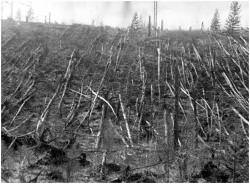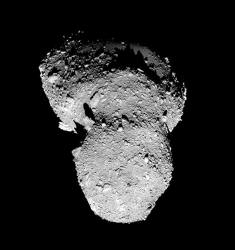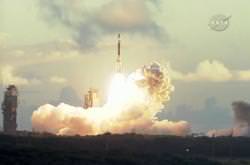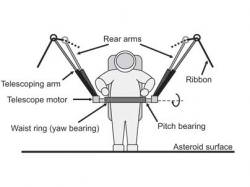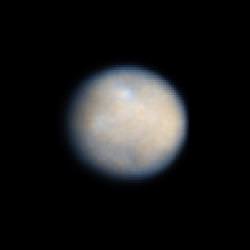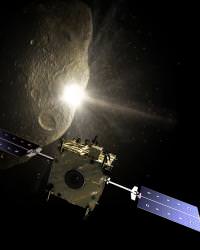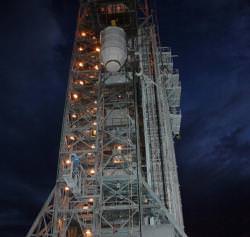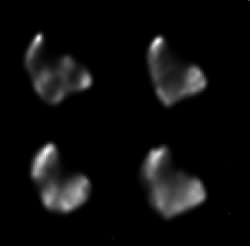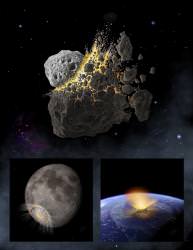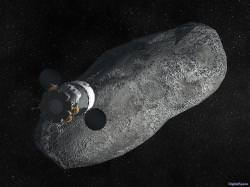It’s a cosmic whodunit: a meteorite exploded in the air near a remote part of Russia called Tunguska in 1908, and the meteorite that caused the event all but disappeared. Where did it come from? Was it an asteroid or part of a comet? Astronomers have taken up the case, using mathematical simulations to track down the perpetrator. They even think they might even know a few of its siblings.
Tadeusz J. Jopek and his team at the Astronomical Observatory UAM in Poland – in collaboration with the Observatoire de la Côte d’Azur in France – looked for the possible origins of the Tunguska meteor by essentially running the explosion backwards, and mathematically simulating where the parent object of the event would have been before the impact.
By taking the existing forensic evidence of the impact to estimate the velocity and impact angle of the Tunguska meteorite, the team was able to simulate the possible orbit and speed of the object before it hit the earth. In doing this, they created 3311 virtual “particles” as possible origins of the object.
They then analyzed the orbits of near-earth objects that lie in the most likely region for the past 20,000 years to find possible matches with their simulated particles. It is still unclear exactly where the Tunguska meteor came from, and there are over 130 suspects.
“We believe that TCB originated as the result of a breakup of a single body : a comet or an asteroid. In our study we concluded that it is more probable that it was an asteroid. We cannot point to which one; instead we have found several candidates for the Tunguska parent, and the asteroid 2000 WK63 is an example of it,” Dr. Tadeusz said.
This is a hard case to solve indeed, as there remains little physical evidence of the original object near Tunguska, and the only tools astronomers have to work with are mathematical and statistical simulations. The question still remains whether the parent was a comet or asteroid, and indeed if the near-earth object it came from has been discovered yet.
“Such statistical conclusion gives no absolute sure [sic] that one of the presently known asteroids was indeed the Tunguska cosmic body parent. Therefore it is possible that still, the real Tunguska parent body is undiscovered.” Dr. Tadeusz said.
Source: Earth, Moon, and Planets Journal

